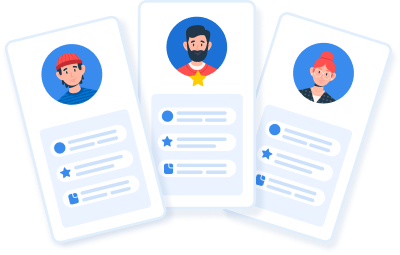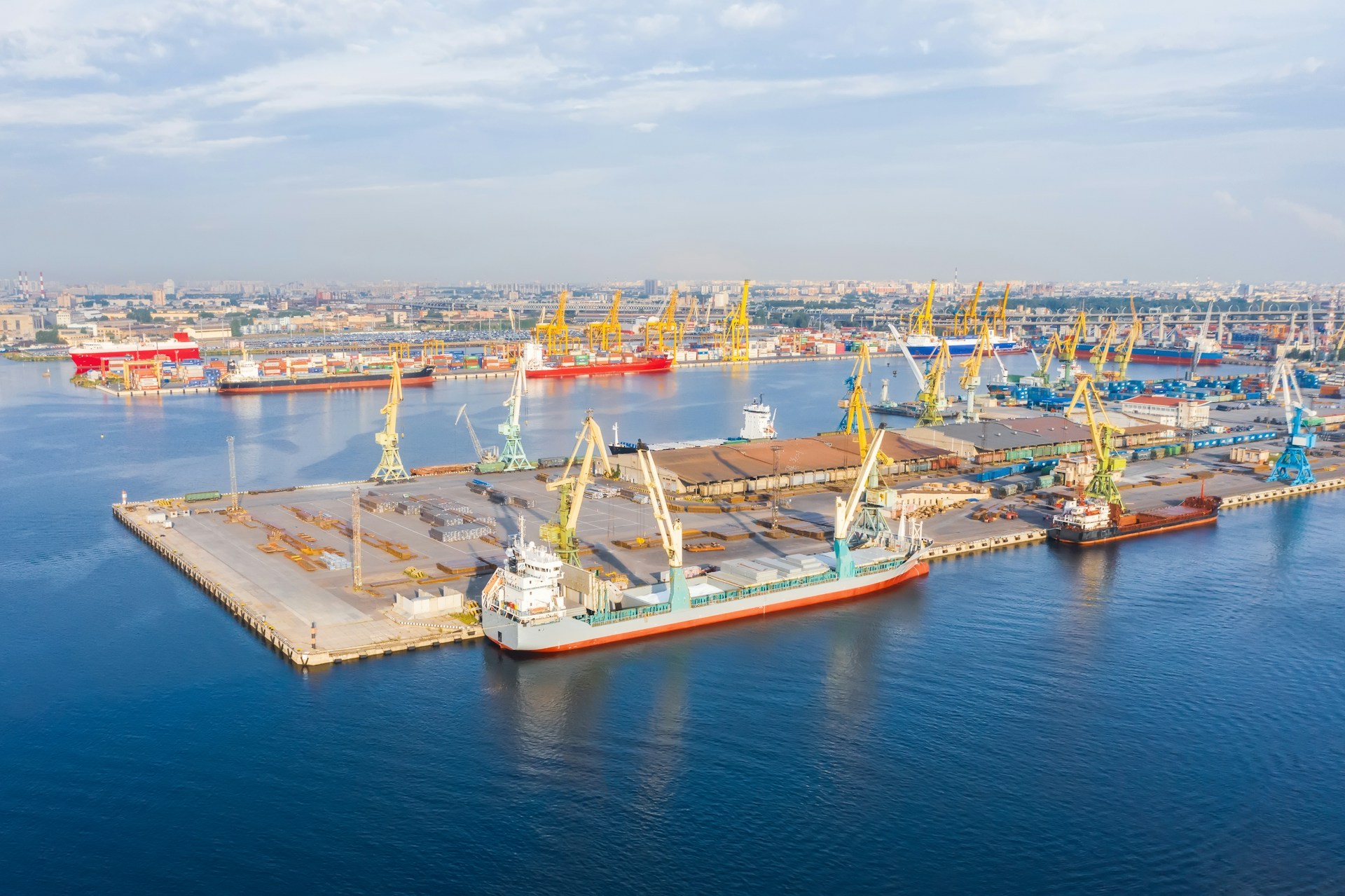A History of Buoys for World Marine Aids to Navigation Day
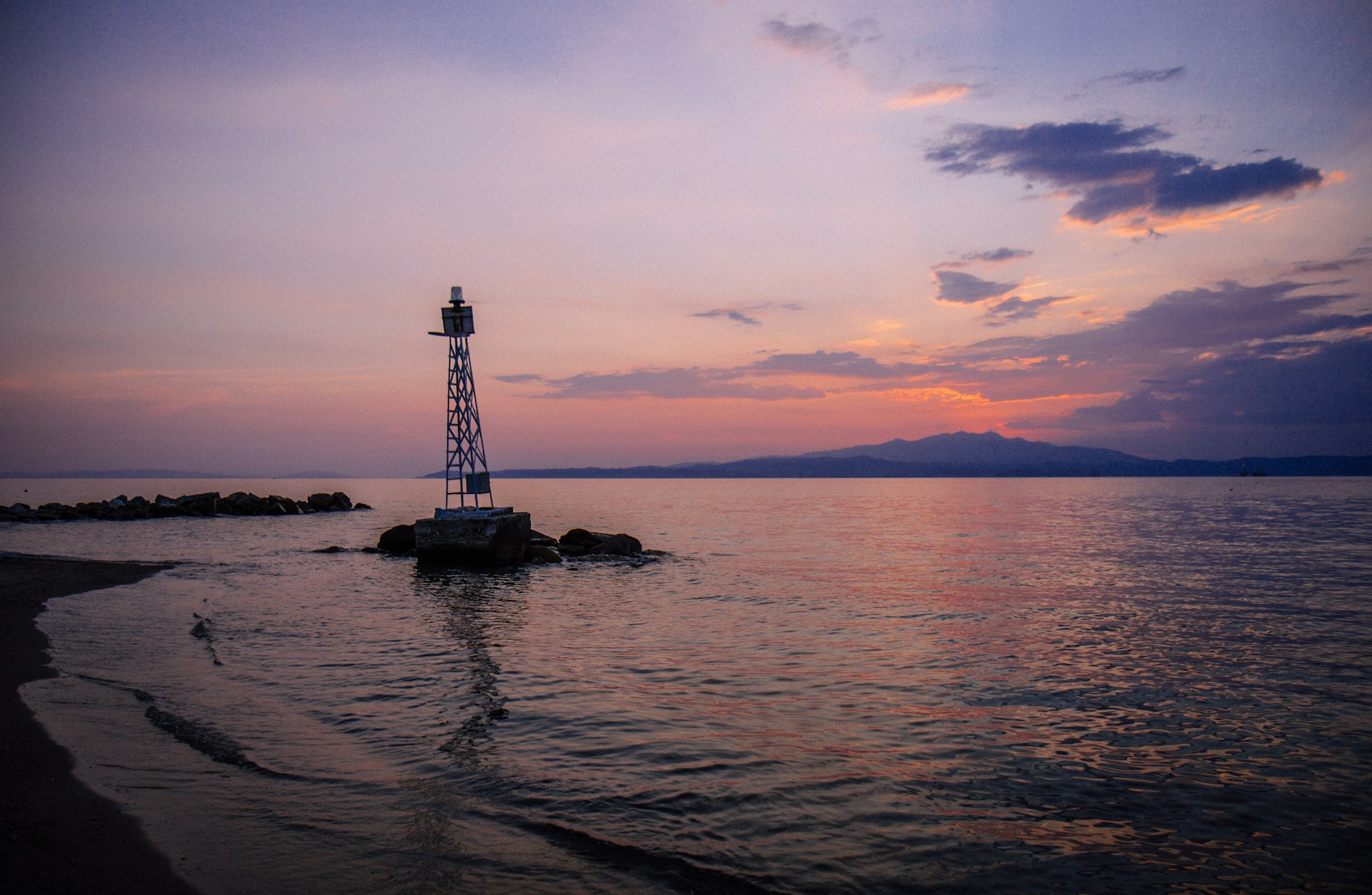
World Marine Aids to Navigation Day is a significant annual event in the maritime industry that is celebrated on July 1st. The day is dedicated to raising awareness about the crucial role that marine aids to navigation (AtoN) play in ensuring safe and efficient maritime navigation.
This observance, initiated by the International Association of Marine Aids to Navigation and Lighthouse Authorities (IALA), underscores the importance of these navigational aids in the global maritime industry.
But what exactly are AtoN, why are they so important, what is World Marine Aids to Navigation Day and why should we care? Let’s take a closer look.
What are marine aids to navigation (AtoN)?
We’ve written in more in depth about aids to navigation, but essentially, aids to navigation in the maritime sector are markers, signals, or guidance devices that assist seafarers in steering their vessels.
The most familiar aids to navigation include buoys, lighthouses, fog signals and day beacons (a type of traffic sign for the water), however, they also include electronic navigation systems, radio beacons and other markers that provide vital information about the maritime environment.
Read more: What Are Nautical Flags & What Do They Mean?
Basically, these aids inform ships and their navigators about the locations of hazards and areas of safe water, ensuring safe passages for the vessel, the crew, and the cargo. They are designed to assist seafarers in navigating both coastal waters and open seas.
Hazards can include anything from dangerous or congested waters, and hidden rocks, reefs, and shallow waters.

By facilitating efficient navigation, AtoNs contribute to the smooth operation of global trade, as the majority of international goods are transported by sea.
How aids to navigation benefit the environment
Not only are AtoNs indispensable for preventing maritime accidents and ensuring the safety of vessels, crews, and cargo, they also play a critical role in environmental protection by helping to prevent oil spills and other maritime incidents that could harm marine ecosystems.
The origins and purpose of World Marine Aids to Navigation Day
World Marine Aids to Navigation Day was established by IALA to highlight the significance of these aids and to promote their continued development and maintenance. IALA, founded in 1957, is a non-profit, international technical association that provides guidance and recommendations to national authorities responsible for marine navigation.
The observance of this day aims to:
- Increase public awareness: By educating the public about the essential role that marine aids to navigation play in maritime safety and environmental protection.
- Promote best practices: By encouraging the adoption of best practices and innovative technologies in the field of marine navigation.
- Foster international cooperation: By strengthening international collaboration in the development and maintenance of AtoNs to ensure a harmonized approach to maritime navigation across different regions.
- Honor the work of AtoN authorities: By recognizing the efforts of those involved in the design, implementation, and maintenance of marine aids to navigation.

How to celebrate World Marine AtoN Day
Various activities and events are organized globally to mark World Marine Aids to Navigation Day. These include conferences, seminars, workshops, and exhibitions that bring together maritime professionals, researchers, and policymakers to discuss the latest developments and challenges in the field of marine navigation.
Maritime authorities and organizations often use this day to showcase their work and share knowledge about AtoNs with the public. Educational campaigns, open days at lighthouse stations, and guided tours of navigational aids installations are some of the ways in which the significance of aids to navigation is communicated to a wider audience.
Innovations in marine navigation
Technological advancements have significantly enhanced the effectiveness of marine aids to navigation. While lighthouses and buoys may be the most recognisable, modern AtoNs incorporate cutting-edge technologies such as Automatic Identification Systems (AIS), Global Positioning Systems (GPS), and Electronic Chart Displays (ECDIS), which provide seafarers with real-time information and improve situational awareness.
The integration of digital and traditional navigational aids ensures a robust and reliable navigation system. For instance, virtual aids to navigation, which are displayed on electronic charts, can complement physical aids such as buoys and beacons, offering greater flexibility and coverage in areas where deploying physical aids may be challenging.
And talking of buoys, this most humble of navigational aids shouldn’t be overlooked, just because the maritime industry and technology have given seafarers some far more sophisticated AtoNs. They are still very much in use as any professional mariner, fisherman, ferry captain or leisure boater will tell you!
So in honor of the buoy on World Marine Aids to Navigation Day, let’s take a look at their long and rather interesting history.
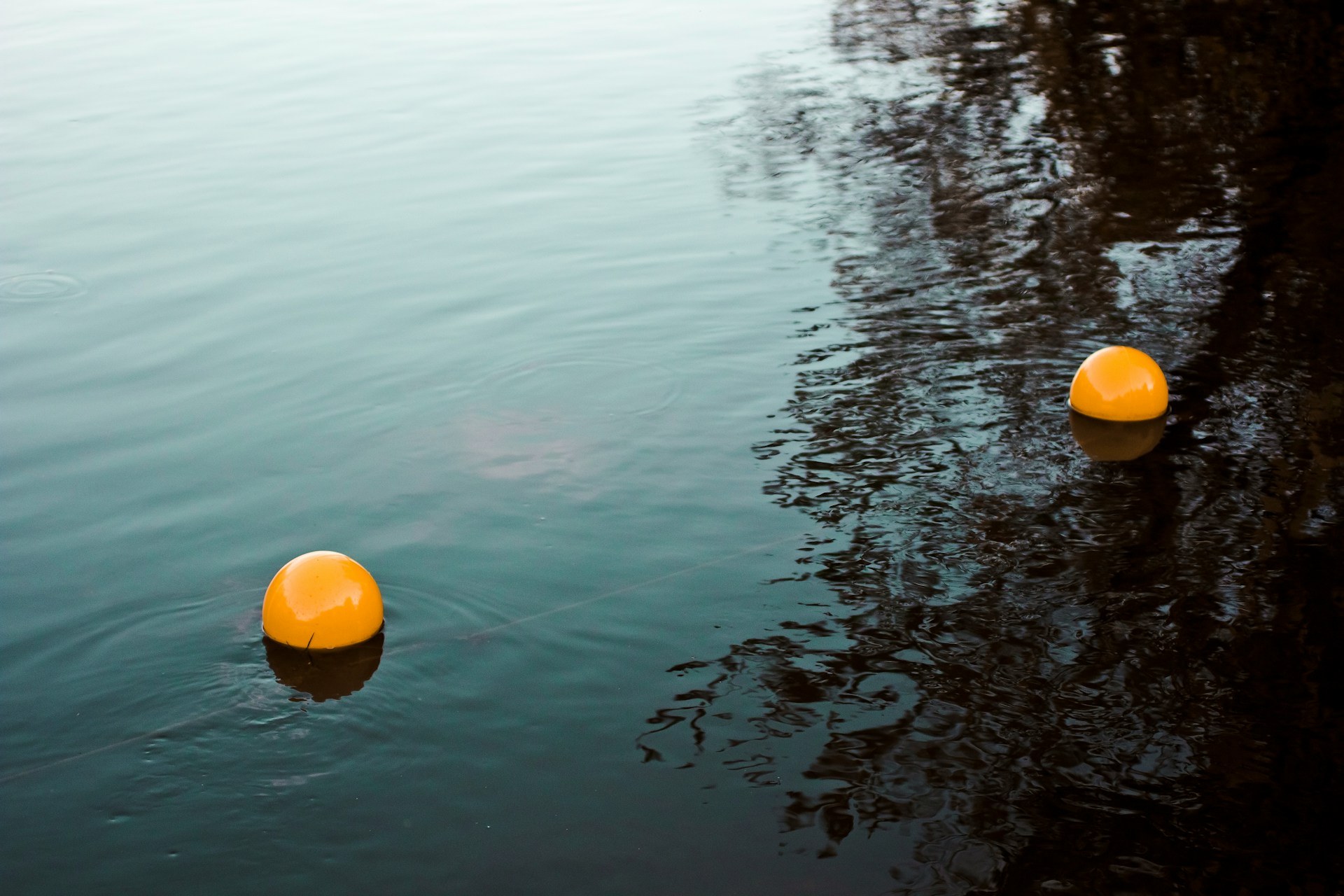
The history of nautical buoys
Although buoys were first officially mentioned at the end of the 13th century, it is evident they had been used much earlier, even though solid documentation is lacking.
In 1295, the mariner's handbook La Compasso de Navigare detailed sea routes and approaches around the Iberian Peninsula, mentioning the use of buoys in Spain’s Guadalquivir River to guide ships towards the city of Seville.
A few decades later, historical records reveal the use of buoys in the Zuider Zee, a North Sea bay, directing ships to Amsterdam and other ports.
Primitive buoys made of wood
Initially, buoys were likely simple rafts or pieces of wood attached to heavy stones. By the 14th century, hollow wooden casks chained to stones were being used in Germany and the Netherlands with England adopting these “tonnen”-style cask buoys soon after.
In 1514, King Henry VIII, responding to a petition by the Guild of Shipmen and Mariners, established Trinity House by royal charter to manage navigational aids in English waters.
As per the U.S. Lighthouse Society, by the end of the 1500s, more than 40 buoys had been sited in the Zuider Zee, nearly 30 in the rivers of North Germany, and around 17 in England.
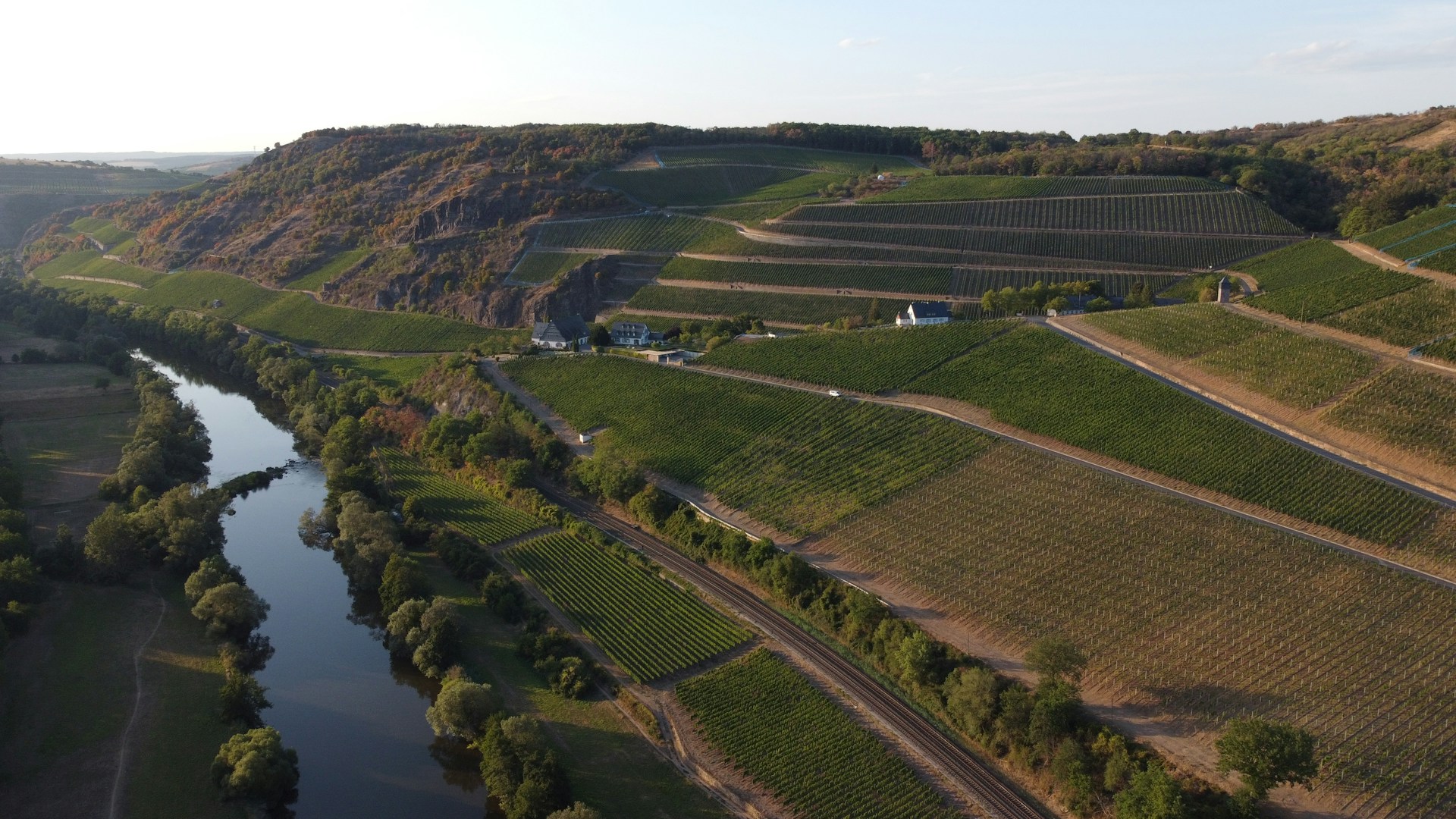
Read more: August 7th is National Lighthouse Day USA
The nautical world welcomes the Seetonnen buoy
Thanks to German and Dutch innovation the cask buoy was replaced with a more advanced vertical “Seetonnen” buoy which was crafted from tapered wood.
Meanwhile, across the Atlantic ocean in Britain's American colonies, early buoys were predominantly a spar or cask model. Spar buoys were timber poles, often made from juniper or arborvitae, and driven into the floor of the bay or the riverbed.
There isn’t an awful lot of information from that era, however the U.S. Coast Guard Historian’s Office recorded that spar buoys were in use in Boston Harbor by 1780 and cask buoys were used in the Delaware River in the 1760s.
Nautical buoys in the 19th Century
During the early 19th century, buoy usage in the U.S. was inconsistent, resulting in a disorganized and often inadequate network of navigational aids. A good number of early American buoys were too small to be seen effectively, thus creating their own hazards for mariners. In addition to this, buoys were often poorly positioned and maintained and their designs and colors varied widely.
The standardization of buoys in the United States
This situation began to improve in the late 1840s and early 1850s in the U.S. with the adoption of the Lateral System. Red “nun” buoys were placed on the starboard side of ships entering the harbor, and black “can” buoys were located on the port side.
According to the U.S. Lighthouse Society, this system was based on the system used in England’s Port of Liverpool, which was frequented by American vessels. The “right, red, return” system remains standard today, although modern can buoys are now painted green instead of black to enhance visibility.
Read more: Why Do Ships Use Port & Starboard?
In 1852, U.S. Congress established the Lighthouse Board, which further standardized the national buoyage systems and spurred technological advancements.
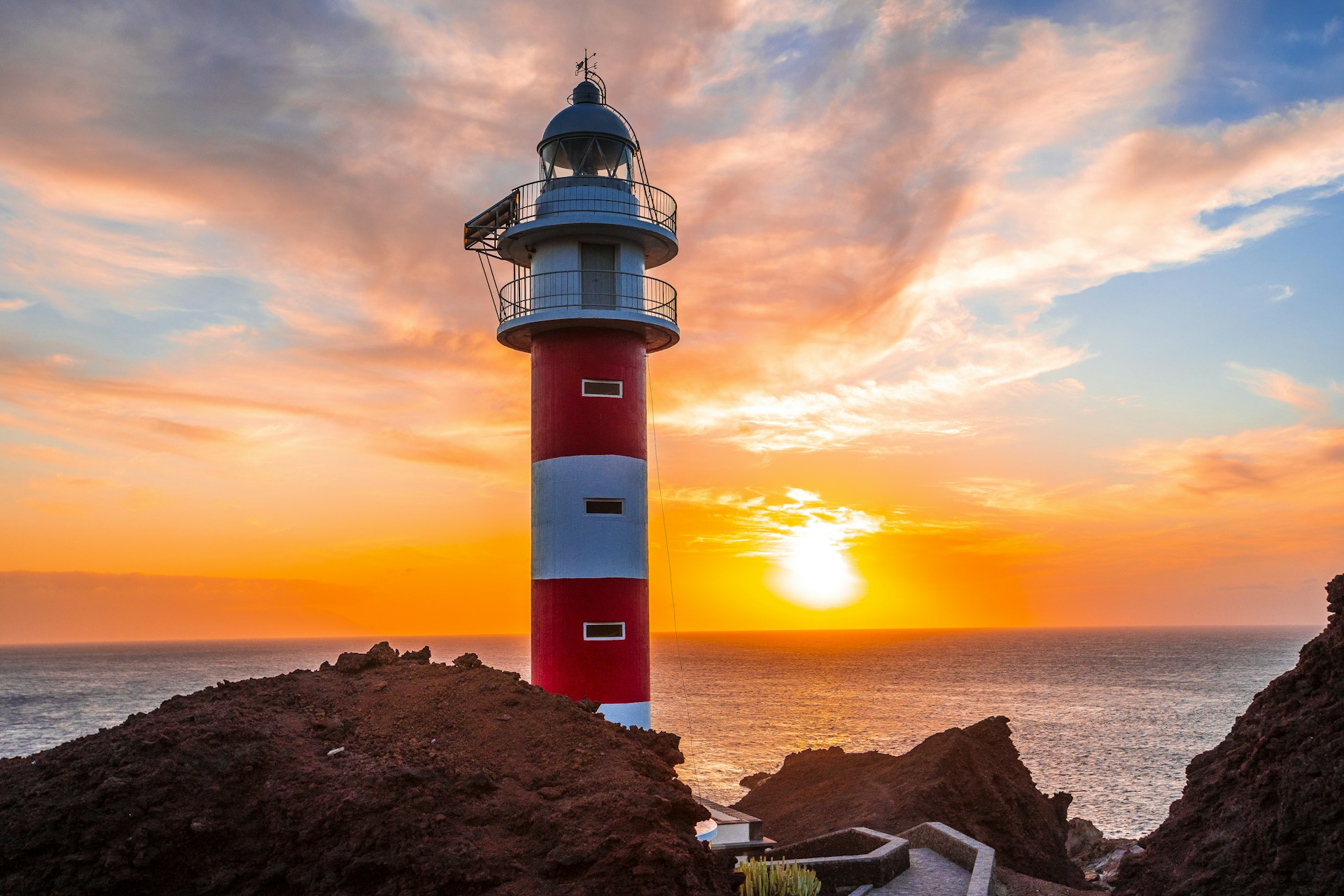
The introduction of audible buoys
Initially, buoys served only as daymarks, useful only during daylight hours but in the 19th century, experiments with other methods of marking a buoy’s location began.
In the mid-1800s buoys began to be fitted with bells that chimed with the motion of waves. Sometime after the development of these “bell buoys” came a major breakthrough with the “whistle buoy,” patented by a John Courtenay in 1876. Courtenay’s buoy, open at the submerged bottom end with a hollow tube inside, produced a whistling sound as it moved, signaling its position.
Illuminated and radio buoys
As some in the industry worked on developing audible buoys, others experimented with illuminating buoys for nighttime visibility. These included buoys powered by compressed gas as well as electric versions, such as the lantern-hung spar buoys in Gedney’s Channel in New York harbor in 1888.
In the 20th century, the U.S. Lighthouse Board was replaced by the Lighthouse Service, which, under the leadership of George Putnam, its first commissioner, introduced numerous new buoy designs and technologies.
These included radio beacons that made buoys detectable from miles away, long beyond the range of sight and sound.
Read more: Everything You Need to Know About Lightships
A unified international standard for buoy markings
By 1939 the U.S. Lighthouse Service had merged with the U.S. Coast Guard. Around this time, the League of Nations entered discussions about implementing a unified international standard for buoy markings. Although World War II put the brakes on this effort, 50 countries eventually adopted the Maritime Buoyage System in 1980, overseen by the International Association of Lighthouse Authorities.
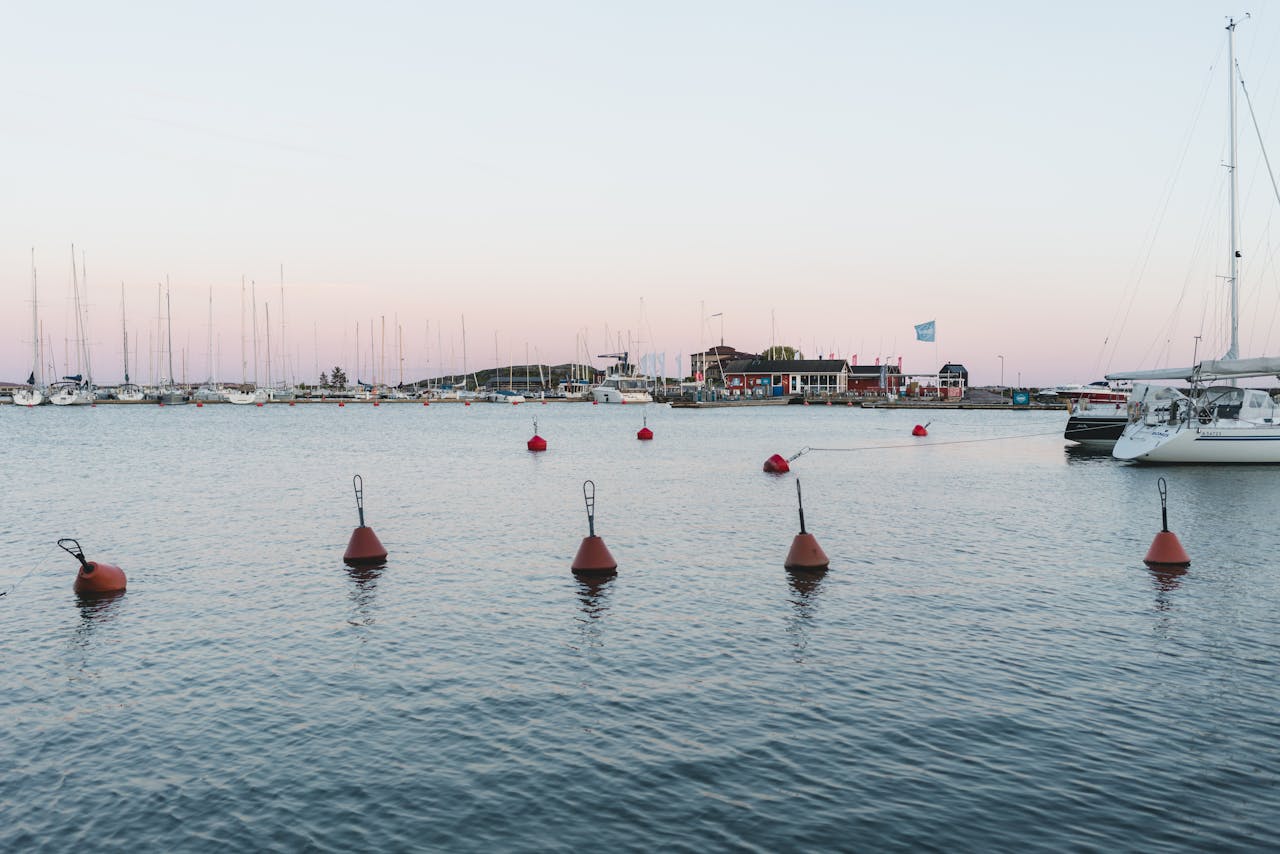
Final thoughts for World Marine Aids to Navigation Day
World Marine Aids to Navigation Day is a vital observance that highlights the critical role of navigational aids in ensuring maritime safety and efficiency. By raising awareness and promoting innovation in this field, the day contributes to safer seas and the continued prosperity of global maritime trade.
Whether through traditional lighthouses, the humble buoy or modern electronic systems, marine aids to navigation remain indispensable to the maritime industry, safeguarding lives, vessels, and the environment.

Eve Church
Eve is Martide's content writer, publishing regular posts on everything from our maritime recruitment and crew planning software to life at sea. Eve has been writing professionally for more than two decades, crafting everything from SEO-focused blog posts and website landing pages to magazine articles and corporate whitepapers.
UK

is the only site for maritime jobs
